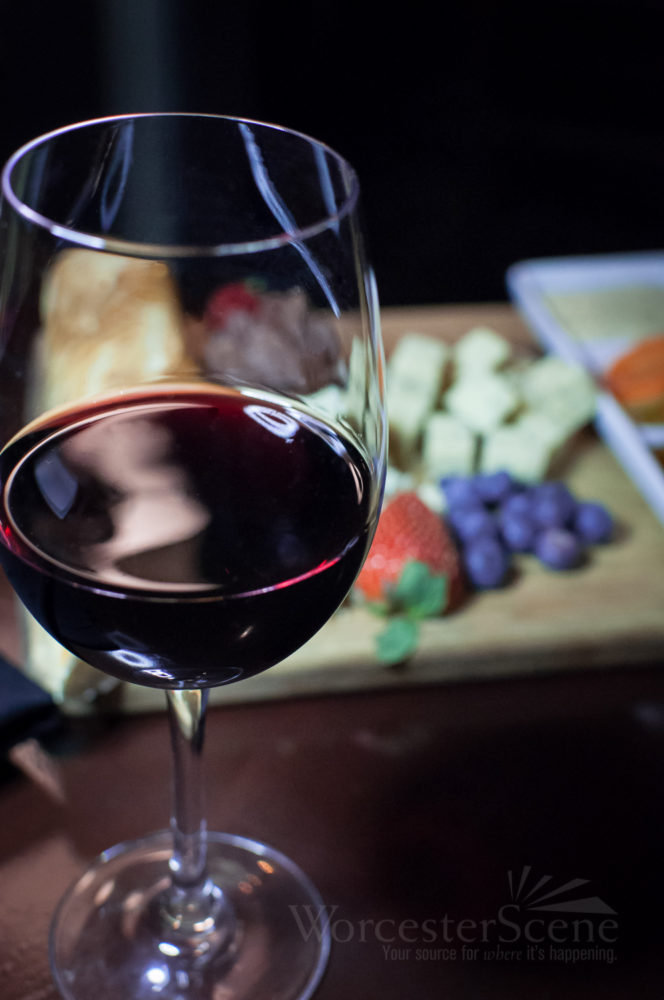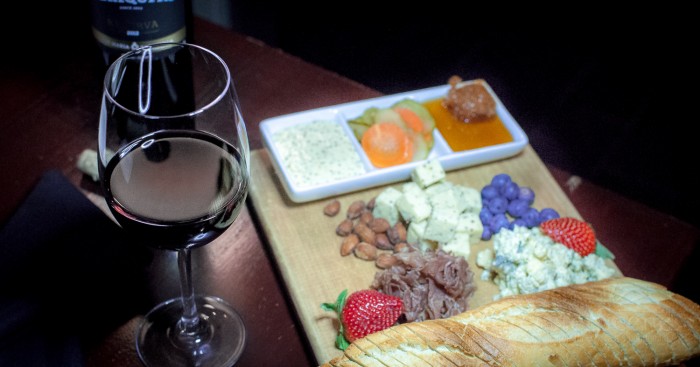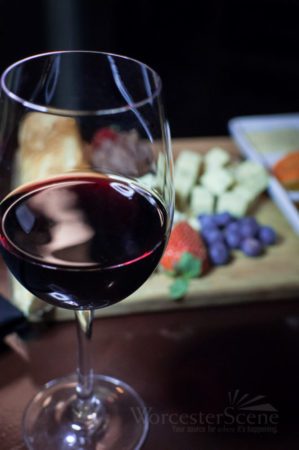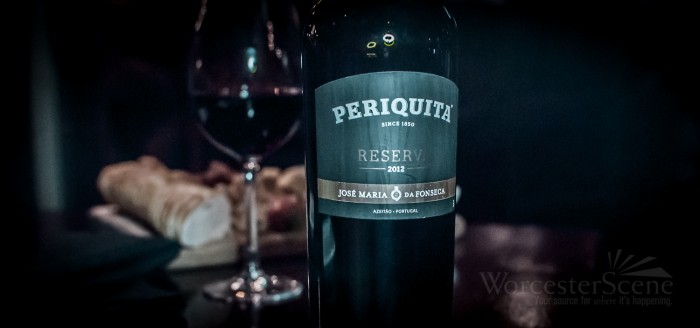
 Portugal has always had a historical significance in the wine world, considering it is the birthplace of Port wine. With the waning popularity of fortified wines, we also saw a decline in Portugal’s perceived relevance, as other countries were further establishing themselves in the world of fine wine. Then new world countries were finding themselves as contenders in the wine industry, while Portugal was still making and exporting Port, but unable to do much more due to a poor economic state. Their potential must have been recognized, however, because the World Bank stepped in in the 1990’s to subsidize investment into Portugal’s wineries. Wineries were given grants to update vineyard equipment and invest in technologically advanced machinery inside the winery, allowing them to develop viticulture and vinification practices.
Portugal has always had a historical significance in the wine world, considering it is the birthplace of Port wine. With the waning popularity of fortified wines, we also saw a decline in Portugal’s perceived relevance, as other countries were further establishing themselves in the world of fine wine. Then new world countries were finding themselves as contenders in the wine industry, while Portugal was still making and exporting Port, but unable to do much more due to a poor economic state. Their potential must have been recognized, however, because the World Bank stepped in in the 1990’s to subsidize investment into Portugal’s wineries. Wineries were given grants to update vineyard equipment and invest in technologically advanced machinery inside the winery, allowing them to develop viticulture and vinification practices.
This opportunity paired with age old traditions and experience passed down through generations of winemaking, allowed for Portugal to boldly make its presence known in the market again, as an Old World country with New World innovation and creativity. This time they chose to focus on table wines, not Port. Portugal had always produced table wines with the same grapes they used for Port, however, now quality became a priority. The majority of wineries made a shift from cooperative driven and bulk wine production to estate properties bottling high quality boutique, often small production wines. The youngest generation of winemakers were participating in the best enology programs offered, and taking that education back home to the vineyards. Tradition and rapid advancement were cohesively paired to create a powerful resurgence for the Portuguese wine industry.
 The best part of this movement, is that Portugal was able to offer a unique product, their indigenous varietals. Portugal had been very much isolated from the rest of Europe, geographically and economically. Because of this, few varietals were brought in and planted, and hardly any varietals were taken out. The 250 indigenous varietals that have been harvested and blended for centuries are now responsible for the unique wines coming out of Portugal. The Portuguese have always blended and still find that this creates the most interesting wines, showcasing the best features of each varietal while enhancing the others at the same time. The most often seen single varietal wine is white Alvarinho from northwestern Vinho Verde and red Baga from coastal Bairrada. But most commonly, you will see a white blend comprised of some combination of Alvarinho, Arinto, Encruzado and Fernão Pires, often from Vinho Verde. These offer a remarkable balanced blend of citrus, stone fruit and tropical fruit notes, floral aromas and bright acidity with beautiful texture. Red varietals that you will most often see, deliberately blended, are Baga, Castelão, Touriga Franca, Touriga Nacional, Trincadeira and Tinta Roriz. The most often seen reds come from Douro, the rugged rocky vineyards that lie closest to the Spanish border, along the steep slopes of the Douro River. These wines tend to be intense with concentrated black fruit notes and bold tannic structure, with notes of purple flowers and spice. A less popular region, but becoming well-known for balanced wines is Dão. This region is just southwest of Douro, but it surrounded by mountains which protect it from extreme climatic conditions. Dão experiences warm, sunny days, allowing grapes to ripen fully, but then it cools down rapidly, slowing down the ripening process at the end of the growing season, allowing grapes to develop character and fragrant aromas while retaining acidity. (This happens in the best regions for growing Pinot Noir, such as Willamette Valley and Burgundy when she feels like cooperating.) This can create incredibly complex, interesting, beautiful wines, and we are seeing some great things come out of Dão. Other wines to keep an eye out for are single varietal Encruzado, and wines from Bairrada, Lisboa and Tejo. Grapes that I have to mention simply because their names are so cool are Esgana Cão, “dog strangler”, (calm down, PETA, it’s just a name), Amor-não-me-deixes, “Love-don’t-leave-me” and Carrega Burros, which obviously means “Donkey Loader”.
The best part of this movement, is that Portugal was able to offer a unique product, their indigenous varietals. Portugal had been very much isolated from the rest of Europe, geographically and economically. Because of this, few varietals were brought in and planted, and hardly any varietals were taken out. The 250 indigenous varietals that have been harvested and blended for centuries are now responsible for the unique wines coming out of Portugal. The Portuguese have always blended and still find that this creates the most interesting wines, showcasing the best features of each varietal while enhancing the others at the same time. The most often seen single varietal wine is white Alvarinho from northwestern Vinho Verde and red Baga from coastal Bairrada. But most commonly, you will see a white blend comprised of some combination of Alvarinho, Arinto, Encruzado and Fernão Pires, often from Vinho Verde. These offer a remarkable balanced blend of citrus, stone fruit and tropical fruit notes, floral aromas and bright acidity with beautiful texture. Red varietals that you will most often see, deliberately blended, are Baga, Castelão, Touriga Franca, Touriga Nacional, Trincadeira and Tinta Roriz. The most often seen reds come from Douro, the rugged rocky vineyards that lie closest to the Spanish border, along the steep slopes of the Douro River. These wines tend to be intense with concentrated black fruit notes and bold tannic structure, with notes of purple flowers and spice. A less popular region, but becoming well-known for balanced wines is Dão. This region is just southwest of Douro, but it surrounded by mountains which protect it from extreme climatic conditions. Dão experiences warm, sunny days, allowing grapes to ripen fully, but then it cools down rapidly, slowing down the ripening process at the end of the growing season, allowing grapes to develop character and fragrant aromas while retaining acidity. (This happens in the best regions for growing Pinot Noir, such as Willamette Valley and Burgundy when she feels like cooperating.) This can create incredibly complex, interesting, beautiful wines, and we are seeing some great things come out of Dão. Other wines to keep an eye out for are single varietal Encruzado, and wines from Bairrada, Lisboa and Tejo. Grapes that I have to mention simply because their names are so cool are Esgana Cão, “dog strangler”, (calm down, PETA, it’s just a name), Amor-não-me-deixes, “Love-don’t-leave-me” and Carrega Burros, which obviously means “Donkey Loader”.
There is so much that can be said in regards to the topic of Portugal and its wine history and current day relevance. Portugal has some of the largest cork forests and it is fascinating how they have developed a new system of harvesting cork to eliminate the threat of deforestation. Douro was the first government regulated wine region in the world, because Port production and exportation was so important during the age of Imperialism. The other majorly important fortified wine, Madeira, also comes from Portugal. Madeira is interesting in terms of production because it is the one wine that is produced by actually heating it. Traditionally, Madeira producers would heat these fortified wines in the sun under glass roofs. (Do not try this at home with your wine, trust me.) In addition to that, Thomas Jefferson and the founding fathers were rumored to have been drinking Madeira while writing the Declaration of Independence. There is so much exciting history and importance tied to Portugal and its contribution to the wine world. What may prove to be even more interesting is what Portugal will continue to offer in the future. 
